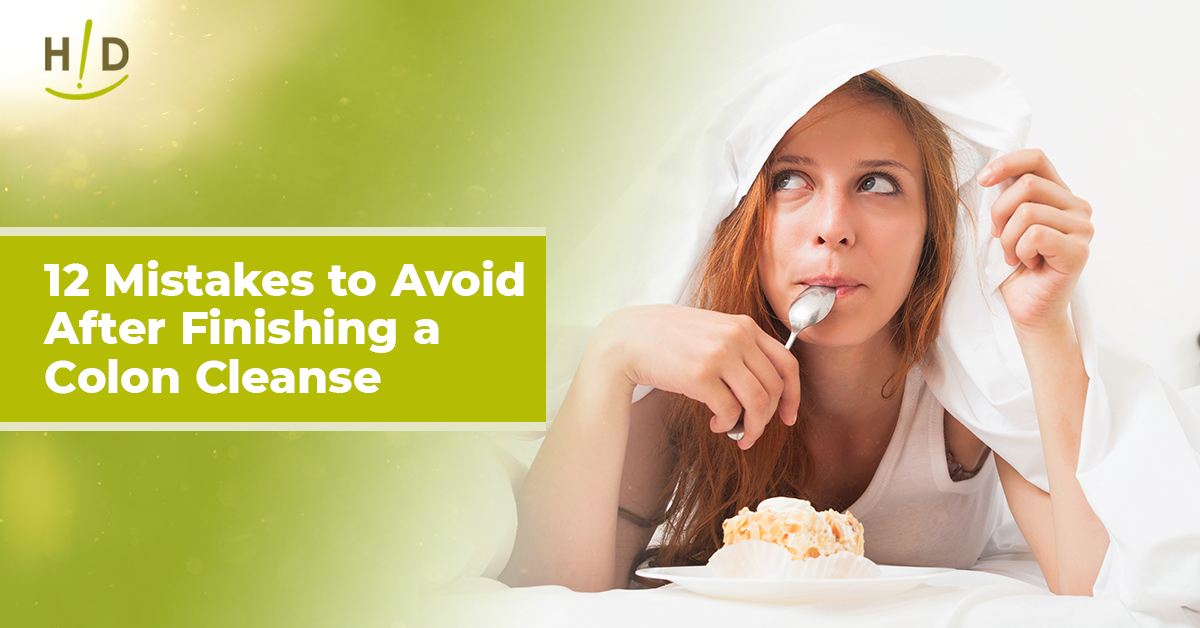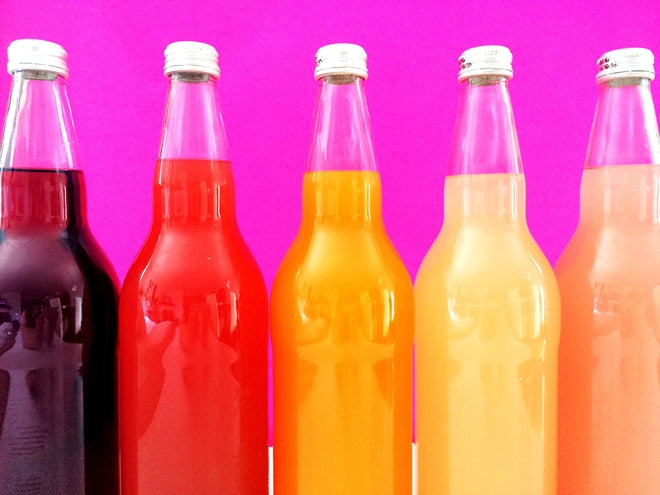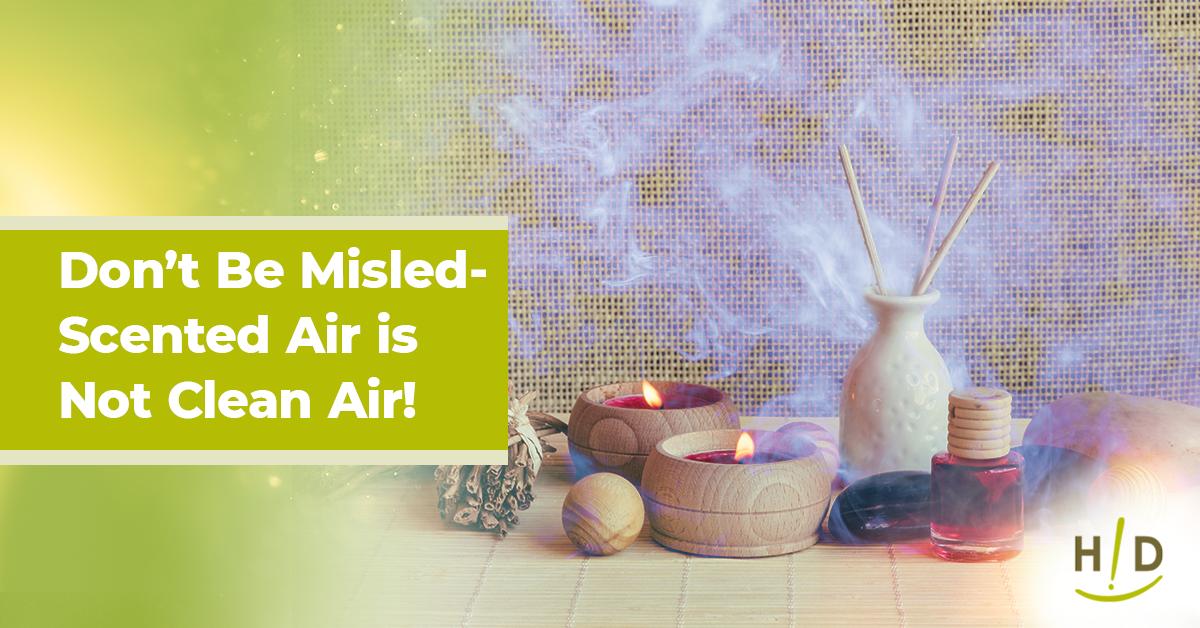Have you ever noticed that when you enter a hotel or a hotel room, or a public bathroom that there is a strong scent surrounding you? Over the years as we have traveled, we have noticed an increase in the use of air fresheners, air sanitizers and air deodorizers. Whether it is in the carpet, or plugged in the outlet or even just a scented candle, the room seems to be filled with that smell.
Recently I was with my sister in her car and she had one of those scented objects plugged into her car. I couldn’t help but immediately remove it and warned her of the dangers these present.
We have nearly given up hotel rooms due to those strong scents—there is no way to open a window to bring in fresh air and it doesn’t even take the whole night before we have a headache and I start a coughing fit.
While some people are more susceptible to these smells than others, the true damage is much worse than you think and it will hurt even the one who thinks they can handle it.
The Air Freshener Industry and the Candle Industry make a billion dollars a year off your desire to have a fresh smelling car, clothing, house, etc. 75% of American homes use some form of them. As we have seen, so do restaurants, public restrooms and hotels.
As Summer turns into Autumn and the scents like cinnamon, apple, pumpkin spice, and other autumn and winter smells become enticing through candles and other unnatural fragrance providers, just remember these tips before you go out and bring in any toxic fume that smells good.
Some toxic chemicals accumulate in ever-increasing amounts in the human body over a period of years, so the health consequences are rarely attributed to them. Victims sometimes suffer from a strange form of cancer, or they might have some new-age disease like chronic fatigue syndrome; and of course, there is the growing popularity of 'genetic disorders'.
According to Anne Steinemann, Ph.D., a professor of civil engineering at the University of Melbourne who has studied extensively the health impacts of fragranced household products, one-quarter of the ingredients in air fresheners are classified as toxic or hazardous. “Ultimately your risk depends on exposure,” she says. "You don’t have to have symptoms. Just because it doesn’t kill you, it doesn't mean it’s not harming you. Some effects are not immediately obvious.”
To its credit, the State of California forces labeling of ingredients that are known to cause cancer or reproductive harm, under Proposition 65, but this is the entirety of this industry's regulations.
The Natural Resources Defense Council studied the effects of air fresheners, discovering that they currently undergo no safety testing. The results were disturbing, because they revealed high levels of phthalates, which are known to be especially harmful to children. These chemicals were even present in sprays which were claimed to be "All-Natural" and "unscented". Phthalates were not disclosed in the list of ingredients for any of the products.
"Phthalates are hormone-disrupting chemicals that can be particularly dangerous for young children and unborn babies. Exposure to phthalates can affect testosterone levels and lead to reproductive abnormalities, including abnormal genitalia and reduced sperm production. The State of California notes that five types of phthalates -- including one that we found in air freshener products -- are 'known to cause birth defects or reproductive harm.'"
-- Natural Resources Defense Council
1,4-Dichlorobenzene is a chemical that is found in the blood of 96% of Americans. It has been linked to lung damage, is a known carcinogen, and it is an E.P.A. registered pesticide. Studies found it to increase rates of asthma. It can be found in the majority of air fresheners, toilet deodorizers, and mothballs. It works by attacking the receptors in the nose, and thus eliminating the sense of smell. This is how the new generation of air fresheners actually "freshen". This chemical was introduced into the American market with the Febreze product from Proctor & Gamble. The new generation of air fresheners that were inspired by the success of Febreze are literally using chemical warfare to destroy their customers' sense of smell. That lack of smell is where the illusion of freshness comes from.
The user only smells these air fresheners for about a minute after they have been sprayed, and then the nose cannot smell most fragrances anymore. This is not a normal adjustment to odors, any more than a loss of one of the other four senses. The process is the equivalent of using a chemical blinding agent to escape the unpleasantness of a bright light; when that chemical is known to be both poisonous and carcinogenic. By design, the freshening chemical causes damage to the mucous membrane, which is claimed to be temporary. However, no long-term studies have ever been done to test the effects of chronic exposure. It is important to remember that anything inhaled is immediately absorbed into the blood through the lungs relatively unchanged.
Dichlorobenzene is the main ingredient used to manufacture the infamous pesticide DDT, and its cousins, DDE and DDD. Chlorine alone has a tendency to form DDT and DDT-like compounds when it reacts with many other substances. These compounds disrupt the endocrine system by destroying hormones throughout a body, in a similar manner to BPA; but in a much more powerful way. Sometimes exposure results in horrific health problems that never completely disappear. It may help to put the situation into perspective by being made aware that use of most air freshener brands is the literal practice of inhaling small amounts of DDT. Inhalation is much more dangerous than oral ingestion of the same amount.
Some fragrances cause changes in blood flow, blood pressure, mood, and trigger migraine headaches. A massive 72% of asthmatics cite these fragrances as a trigger in causing asthma attacks, and they have been implicated as a cause for the initial development of asthma. Asthma rates in the United States have doubled since 1980, and the use of air fresheners has doubled since just 2003.
Most synthetic fragrances are also known respiratory irritants, which means that they cause inflammation in the lungs, leading to an increased mucous production, and a greater vulnerability to other chemicals, allergens, and infections. Ninety-five percent of synthetic fragrances are derived from petroleum. They include benzene and aldehydes; which are known to cause cancers, reproductive effects, and problems with the central nervous system. These effects on the nervous system result in increased cases of Alzheimer's disease, multiple sclerosis, Parkinson's disease, and more.
Phthalates, like those found in air freshener mists, are usually used in the production of PVC plastics. All air fresheners containing phthalates lack any labeling to indicate their presence. Phthalates are also found in air fresheners that are labeled "unscented" and "all natural". With an estimated 75% of consumers using air fresheners in their homes, we strongly recommend improving ventilation systems to dilute these chemicals as much as possible, if they cannot be eliminated altogether. According to the Environmental Working Group, phthalates produce liver cancer, but this link has not been officially acknowledged by regulatory agencies.
The scientific community closely examined air freshener safety about a decade ago; studies revealed that an abundance of potentially dangerous chemicals and chemical byproducts—such as formaldehyde—are released with each perfumed puff. A 2015 study published in the journal Science of The Total Environment assessed the health risks of breathing in those chemicals in a realistic scenario: in a home while using other household products that contain the same ingredients. Researchers found that electric air fresheners release significant formaldehyde emissions on their own (17% of the Critical Exposure Limit or CEL), and that combined with seven other common household products (such as all-purpose cleaning agents and furniture/floor polish), your exposure to formaldehyde can reach 34% of the CEL in just 30 minutes.
“Formaldehyde is a known carcinogen,” says Dr. Steinemann. “As for symptoms, you may experience eye, nose, and throat irritation, coughing, wheezing, bronchitis, and dizziness.” Reactions and reaction severity depend on your individual sensitivity, she explains.
According to the World Health Organization, other indoor sources of formaldehyde include: resins found in particleboard and plywood, paints, varnishes, household cleaning products, cosmetics, and more. “When using any chemical mixture with another, there’s the potential of a more adverse reaction” says Dr. Steinemann. “You increase your risk when you combine products with fragrance, such as cleaning products, hand sanitizers, laundry products.”
Worried about formaldehyde exposure in your home? Formaldehyde air testing kits and monitors are available at Amazon and other retailers. EPA.gov says, “Formaldehyde is one of the few indoor air pollutants that can be readily measured, identified, and if possible, remove the source. If not possible to remove, reduce exposure by using a sealant on all exposed surfaces of paneling and other furnishings.”
The chemicals emitted from air fresheners (and other toxic products) accumulate in the fatty tissues over time, so the danger increases as they build up inside a body. The presence of toxins inside fat can make weight loss difficult. Since the human body uses fat to store certain materials that are too toxic for it to process, breaking down the fat would mean releasing those toxins again, so a body may resist fat loss for self-defense. Thus, fat retention is sometimes the result of an immune system properly responding to a danger.
Sooner or later, society will have to revert to old-fashioned means of cleaning, cooking, and keeping our homes smelling pleasant. This will include the removal of non-stick pans, air fresheners, and hand sanitizers. While they may make certain tasks easier, avoiding them is an essential step to ensure a long, healthy life for your family. Since children are most at risk, we hope that those reading this will dispose of their air fresheners, to minimize the exposure of those who are not able to protect themselves.
Continue reading

12 Mistakes to Avoid After Finishing a Colon Cleanse
12 Mistakes to Avoid After Finishing a Colon Cleanse
You just finished a cleanse and have taken an e...







